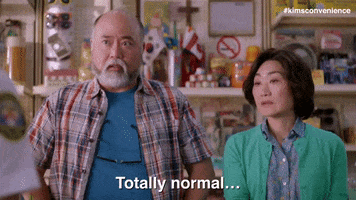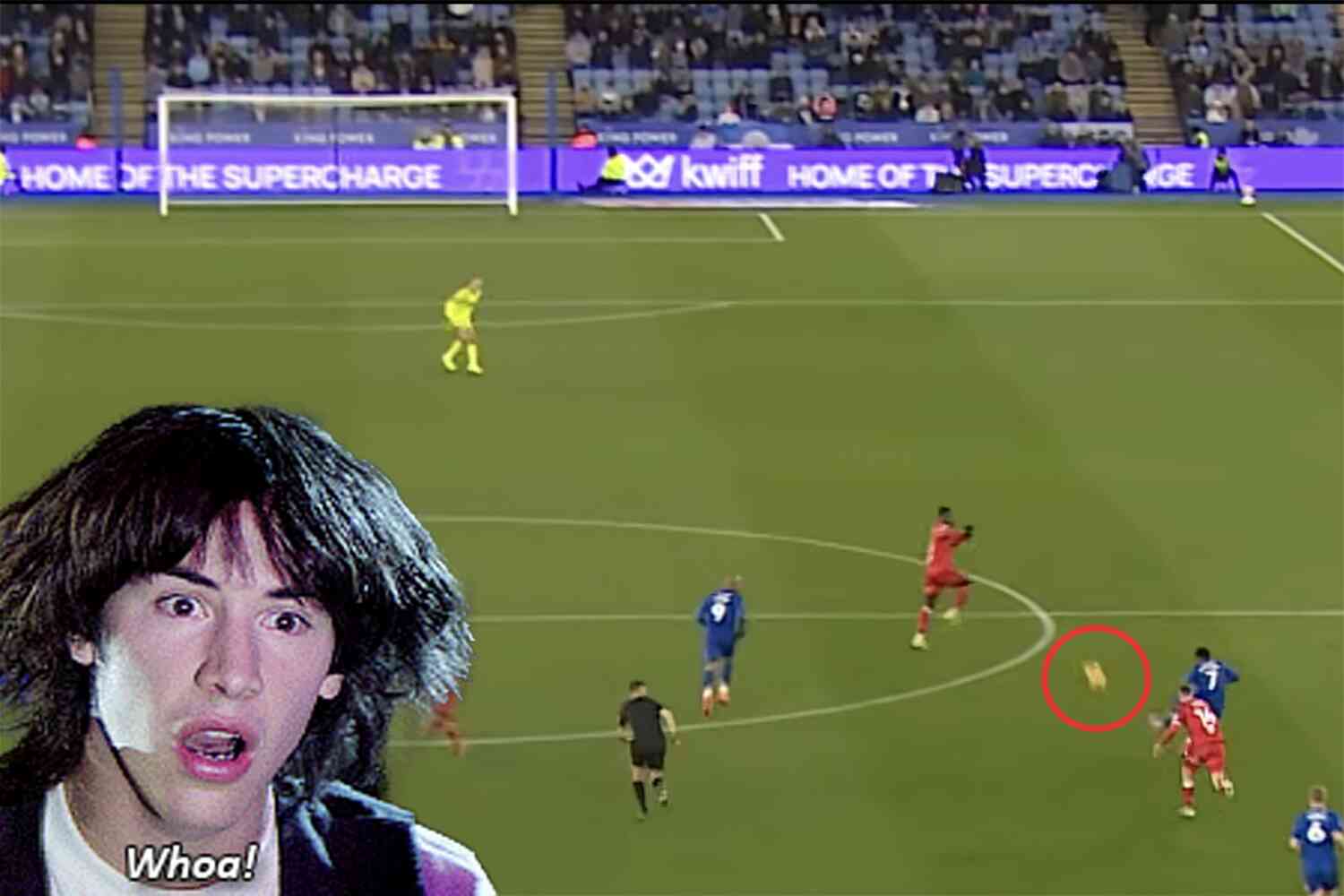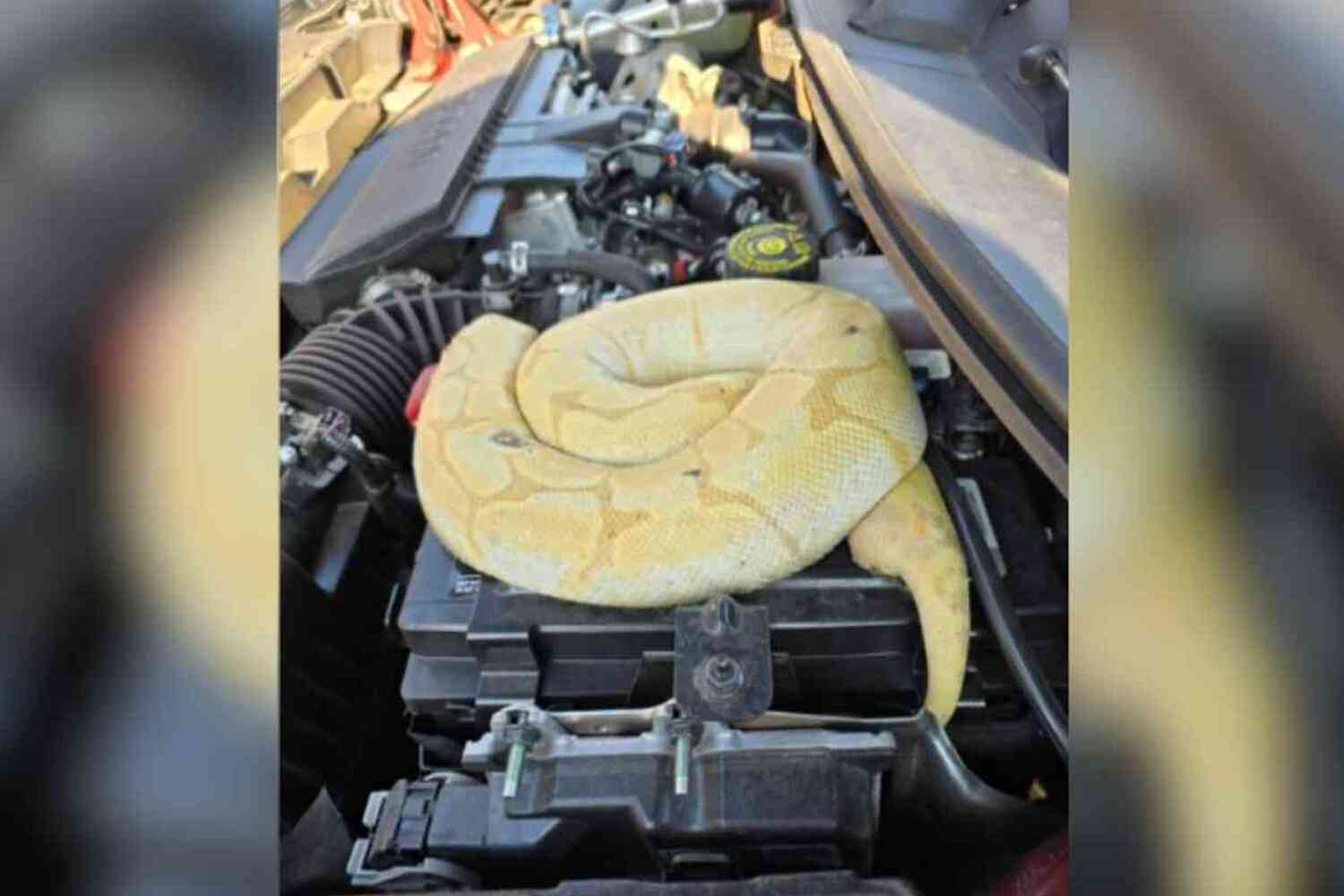Remember how angry you were with your mom when she threw out all your old Pokémon cards while you were away at school?

Remember how as you grew older and became more mature you forgave her?

Yeah, you can be angry at her again.
I had a First Edition Charizard, one of the most sought-after cards of all time, when I was 10. I sold it on eBay when I was 11, for $150. It was a huge sum of money at the time. One of these sold for more than $300,000 a few months ago.
Just how hot is the market?
For comparison purposes, let's take a look at Bitcoin which is up around 650% over the past year.
Pretty impressive.
But not nearly as impressive as a mint condition Lugia Holo 1st Edition.
In fact, a quick calculation reveals that the top 100 Pokémon cards gained a little over 700% in the past year.
Sure, you might be able to purchase a Tesla with Bitcoin, but if you want an Ability Capsule, you're going to need Pokémon for that.
The resurgent interest in Pokémon cards has brought multiple major, well-respected companies to their knees, has caused Target stores to consider calling the cops, and has led to shortages and/or price increases of basically anything even remotely attached to the hobby of collecting cards. However wild you might think any of this is, it is wilder than that.
The biggest bottleneck? Grading.
PSA, the most popular grading service, has published card grading wait times of up to 10 months but collectors say they have at times waited for more than a year to get certain cards graded. BGS's published wait times are "Approximately 9+ months." CGC claims that its wait times are "144 working days." These long wait times do not come close to showing the inner workings of what seems to be happening at these companies right now, however.
If you've ever collected anything, you know that the highest prices, and the most investible assets, are in the higher grades, particularly mint condition. anything below that is of marginal interest. Take a look at this pricing chart for the previously mentioned Lugia Holo card.
The lower grades, even just one step below mint, simply do not command the same respect. Not that you can't make money in those, too, and $20 is still $20 more than you had yesterday, but the big money is going into the mint condition cards, and big money does not go into anything unless it's been graded.
Getting a card graded at a high score affects the price of that card on the secondary market by many orders of magnitude. An ungraded, holographic First Edition Charizard card from the base set (the very rare card I sold on eBay when I was a kid) is worth a few thousand dollars. A First Edition Charizard graded a 10 is worth, as I mentioned, $300,000.
But the grading companies literally can't hire fast enough.
This is all to say that, yes, Pokémon cards are popular again. But that is underselling it. The popularity of Pokémon cards and other trading cards are leading to a situation in which hundreds of people are working "thousands of hours of overtime" and companies are offering massive bounties for new hires to keep up with demand, and are still failing to do so.
In case you were wondering, fantastic price bubbles in relatively obscure corners of the collector's market in no way indicates an impending inflation bubble or an overheated economy.




It might be time for you to start going through your closets.










